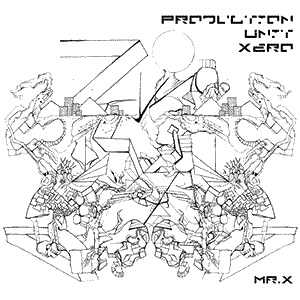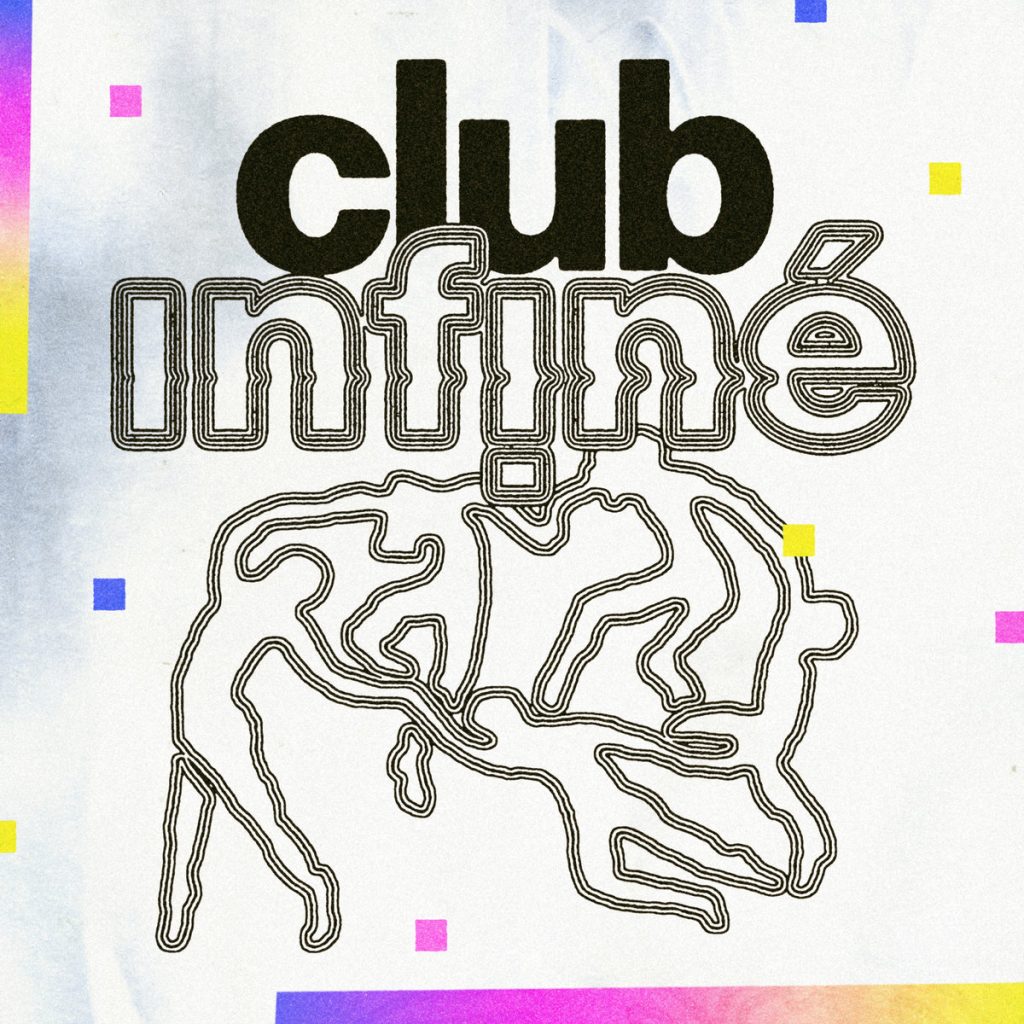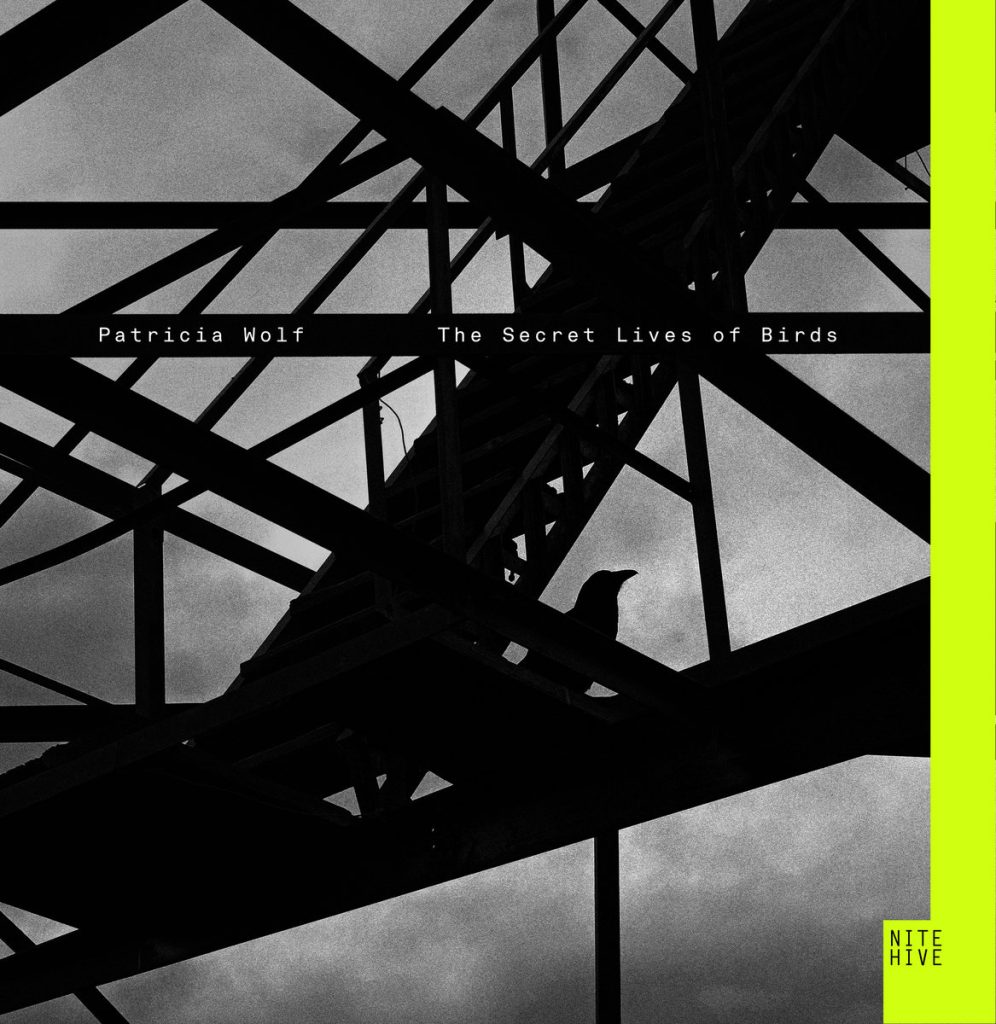Artist Spotlight: Harold Budd
Harold Budd, the renowned American ambient and avant-garde composer, was born on May 24, 1936, in Los Angeles, California. Budd’s musical journey is fascinating and deeply influential, traversing numerous genres and styles, always defying convention. From his initial forays into jazz, his transformation through minimalism, and ultimately his pioneering contributions to the world of ambient music, his evolution as a musician has been truly extraordinary.
Raised in the Mojave Desert, Budd was far removed from the bustling cultural hubs of his time. However, his isolated upbringing did not limit his exposure to music. As a child, he developed a profound connection with the desert landscape, a connection that would later significantly influence his distinctive sound – one that often evokes a sense of vastness and tranquility.
Budd’s first formal encounter with music came via his mother, who encouraged him to learn the drums. In his teenage years, he played drums in a marching band and developed an affinity for jazz. He joined the US Army in the 1950s and played as part of the military band. During his service, he was stationed in Germany, where he got a chance to be exposed to European music, further broadening his musical palate.
After his military service, Budd enrolled at the Los Angeles Community College, studying music theory and composition. He then went on to study under renowned composers Gerald Strang and Ingolf Dahl at the University of Southern California, where he earned his bachelor’s and master’s degrees in the early 1960s. During this period, Budd was deeply influenced by abstract expressionist painting and the minimalist movement. He developed his minimalist style of composition, creating pieces defined by silence and space. His work during this period was largely inspired by John Cage’s philosophy of silence and chance music.
However, Budd became disillusioned with his own minimalist style by the late 1960s, feeling that it had become formulaic. This led to a period of creative stagnation, and he decided to distance himself from composition for a while. During this hiatus, he taught at the California Institute of the Arts.
The 1970s marked a significant turning point in Budd’s musical journey. His style underwent a dramatic transformation as he began to develop a unique sound that became known as “soft pedal.” His compositions became characterized by gentle melodies played with a soft sustain, creating an atmospheric and ethereal sound. This shift led to his recognition as an ambient music pioneer. His first album in this style, “The Pavilion of Dreams” (1978), produced by Brian Eno, showcased his new sound, evoking a sense of stillness and tranquility.
Throughout the 1980s, Budd collaborated with several notable musicians, further refining his sound. His partnerships with British ambient musician Brian Eno produced seminal works, including “Ambient 2: The Plateaux of Mirror” (1980) and “The Pearl” (1984). These collaborations played a crucial role in shaping the ambient music genre. Budd’s music retained its minimalist underpinnings but added depth and richness with its lush textures and gentle melodies.
His collaborations extended beyond Eno, working with musicians such as Daniel Lentz, Andy Partridge of XTC, and guitarist Robin Guthrie of Cocteau Twins, resulting in some of the most celebrated works in ambient music. These included “The Moon and the Melodies” (1986), which he created with Cocteau Twins, and “Through the Hill” (1994) with Andy Partridge.
In 2004, Budd announced his retirement but returned to music in 2007, unable to resist the creative call. His later works include “A Song for Lost Blossoms” (2008), “Jane 1-11” (2013), and “White Arcades” (2014), each album showcasing his continual exploration and evolution of sound.
Budd’s compositions are noted for their subtlety, utilizing sparse instrumentation and gentle, ethereal soundscapes. His work is characterized by a profound appreciation for silence and space, seeking to create an atmospheric sense of tranquility and contemplation. His music is often described as a form of sonic painting, evoking vast and serene landscapes, reminiscent of the desert environment of his childhood.
Harold Budd passed away on December 8, 2020, leaving behind an indelible legacy in the world of ambient music. His life and career were marked by continual exploration and innovation, and his contributions to the genre continue to be influential. Through his soft pedal technique and ethereal compositions, Budd created a unique musical language, one that invites listeners to engage with music in a deeply introspective and contemplative way.




